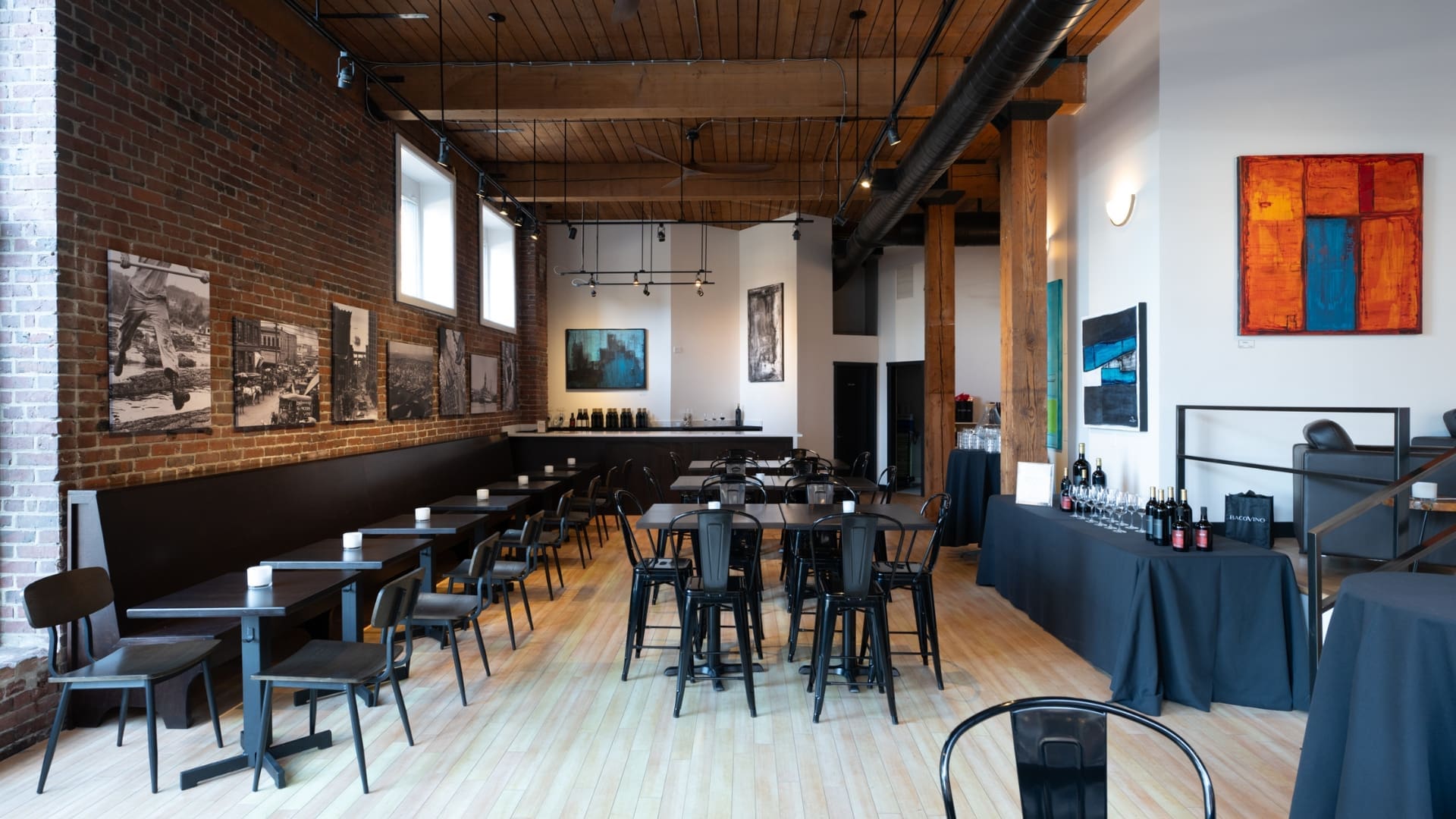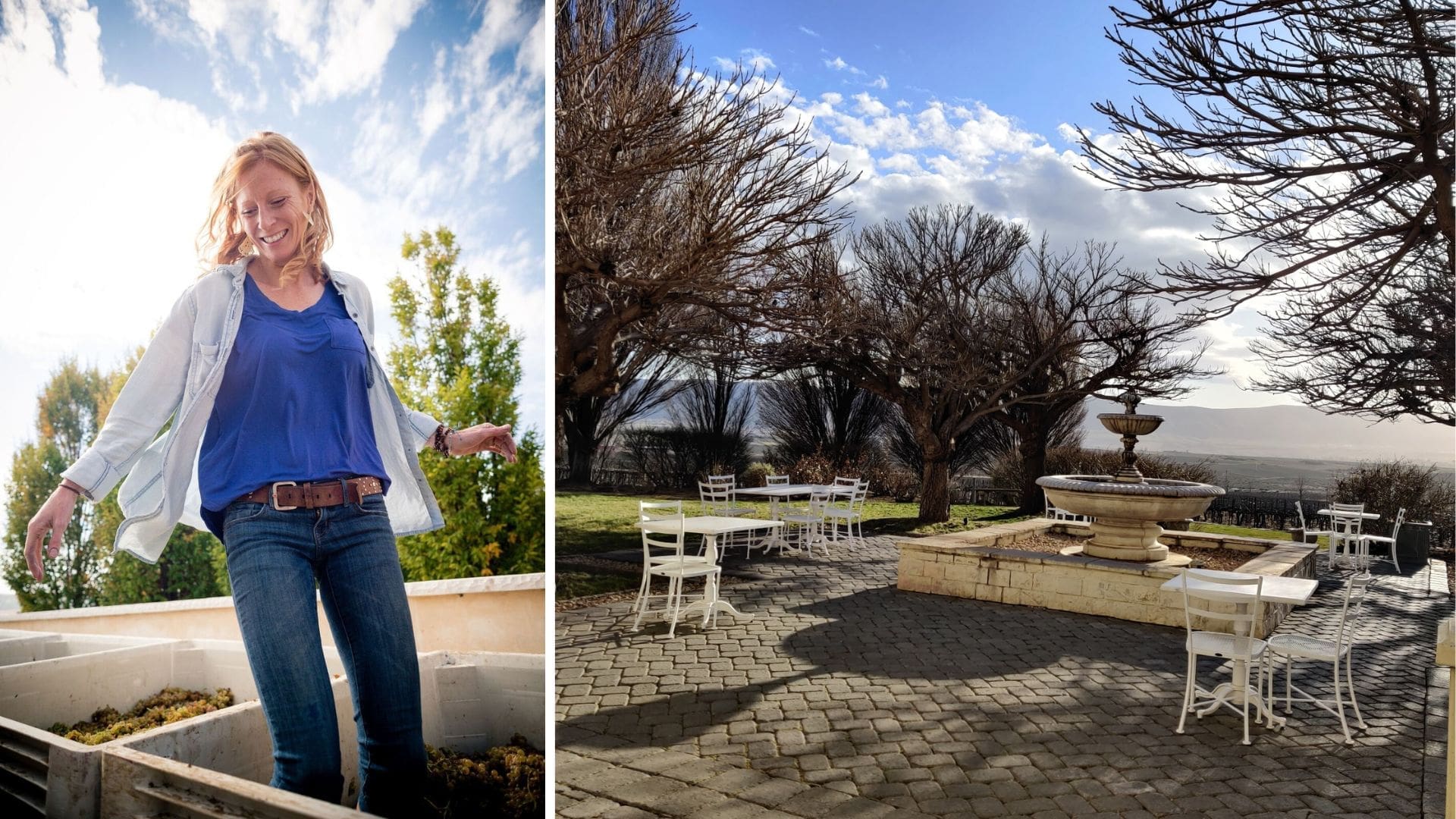Standing on top of Owen Roe’s Union Gap Vineyard in Washington’s western Yakima Valley, I got a sense for the incredible convergence of powerful geologic forces that shaped the very ground I stood on. From massive lava flows out of the Cascades that defined the very edges of the valley, to the meandering path of the Columbia River that carved out hillsides and the catastrophic impact of the Missoula Floods that deposited huge amounts of sediment, it was all there beneath me.
It’s one of the reasons why visiting vineyards is a critical element in expanding your wine knowledge. Too often we reduce learning about wine to something that happens in tasting rooms and restaurants, often far removed from the place the grapes were grown. While some of the vineyards I love dearly are rather far removed from the Pacific Northwest, those of us in the area have the privilege of being able to observe this relationship between geology, climatology and human intervention firsthand, if we choose.
You can drive out into the Willamette Valley and pick up the red Jory soil of the Dundee Hills, or feel how fine and ephemeral the windblown loess is in the Eola-Amity Hills. You can pick up the eponymous river stones of the Rocks District of Milton-Freewater, Oregon, or the exposed fractured basalt of the Columbia River basin. This dynamic diversity of soil types goes a long way to explaining Cascadia’s ability to grow virtually every type of wine grape to a high degree of quality.
There’s also the weather, of course. Standing on that exposed hilltop at Union Gap, feeling the wind whip up, it’s clear that for all the talk of hot and dry, the Yakima Valley can throw some surprises at growers. A sudden downpour in the middle of the Rocks just a week or two before harvest caught me by surprise, as did mid-summer showers in the Willamette Valley. That unpredictability might make a few growers pull their hair out, but it drives home the uniqueness of our region.
As the scientific community continues to investigate and explore many truisms about wine, and that nebulous concept of terroir, it becomes clearer and clearer to me that we often use that term reflexively. It’s not merely about the spot of land that the grapes came from, but about the forces that shaped that land, the weather that affected it, and perhaps most of all the human hands (or machine tools) that touched it.
Staring at the struggling Mourvèdre vines at the very top of the hill, which barely looked capable of producing a grape let alone a harvest, I was struck by the boldness of this venture, of planting grapes in somewhat marginal places, in the wind and sun and rain, and then embarking on a potentially ruinous plan of picking, vinifying and selling them as wine, of somehow turning that struggle and success into something you could drink. Frankly, it made me glad to be a writer, and not a winemaker.
Writer Zach Geballe is a sommelier at the Dahlia Lounge and the host of Disgorged, a weekly podcast and pop-up wine bar in Seattle’s Queen Anne neighborhood. He lives in Seattle, where he owns more wine than he can reasonably drink, but loves to share. You can find him at @zgeballe or vinetrainings.com.







